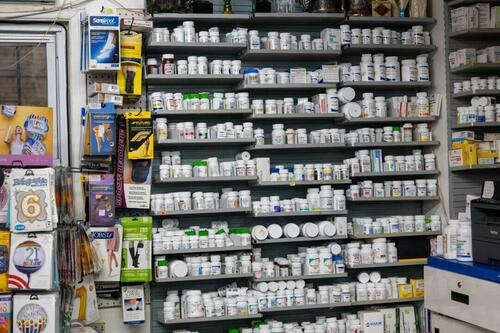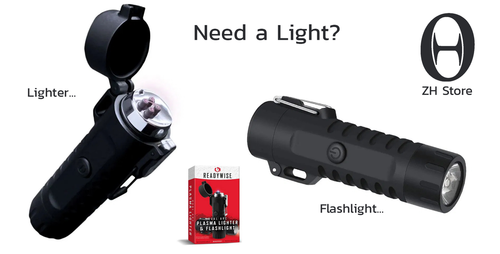Authored by Lawrence Wilson via The Epoch Times (emphasis ours),
President Donald Trump signed an executive order on April 15 that directs a wide range of actions to lower the cost of prescription medications, including through the importation of prescription drugs from Canada by the states.

States have been authorized since 2020 to import certain drugs from Canada—where they are often available at a lower price—under section 804 of the Food, Drug and Cosmetics Act. However, approval from the Food and Drug Administration is required, and that process is complex.
Florida is the only state now authorized to import drugs from Canada, and the approval process took more than three years.
Trump’s order instructs the Food and Drug Administration to improve the process and encourages states to apply for authorization to import medications.
An analysis by health research group KFF found that per-capita spending on prescriptions was 42 percent higher in the United States than in Canada.
Lowering Prices
Three items in the executive order aim at lowering the cost of drugs already available in the United States.
The first such action is to revisit the Medicare drug negotiation program, which was authorized by the Inflation Reduction Act.
This program allows Medicare to negotiate with drug companies to reduce the cost of brand-name drugs approved for Medicare Part B and Part D beneficiaries.
The initial round of lower prices involving 10 prescription medications will take effect on Jan. 1, 2026. A second round of 15 drugs will be available for Medicare beneficiaries at a reduced price in 2027.
* * *
We've sold a TON of these lighter / flashlight combos...

A White House official told reporters that the Trump administration would improve the program and make it more transparent.
A second price-lowering action aims to make Medicare’s payment for prescription drugs commensurate with the supplier’s cost. Currently, Medicare pays as much as 35 percent over the actual cost of some medications.
A third provision for lowering prices directs that steps be taken to ensure that Medicare pays a comparable price for prescription drugs regardless of where they are dispensed.
Currently, Medicare may pay up to 60 percent more for a drug dispensed at an outpatient clinic than for the same medication dispensed at a doctor’s office, which creates an incentive for providers to drive traffic to the higher-paying location.
A fourth action item directs Dr. Mehmet Oz, administrator of the Centers for Medicare and Medicaid Services, to further reduce the price of insulin.
Currently, the negotiated price is $35. A White House official told reporters that, based on the new order, low-income and uninsured patients may be able to receive insulin for as little as 3 cents per vial, plus an administrative fee. Injectable epinephrine may be available for as little as $15 per auto-injector.
This order will achieve that by ensuring that all discounts on insulin and epinephrine that the government offers to health care providers are passed on to consumers.
The Drug Pipeline
Other provisions of Trump’s order aim to lower costs by improving the drug development and approval process.
First, the order directs the Food and Drug Administration to streamline the approval process for generic and biosimilar medications. That could reduce the price of medication for some patients by as much as 80 percent.
Currently, there is a backlog of generic and biosimilar medications awaiting approval, according to the White House.
Second, Trump’s order directs Health and Human Services Secretary Robert F. Kennedy Jr. to work with Congress to address what the administration sees as an imbalance in the emphasis placed on the development of some highly expensive drugs.
Small-molecule medications are produced from chemicals, are less costly, and can treat a wide variety of ailments. Ibuprofen is an example of a small-molecule medication.
Large-molecule medications are derived from living organisms, are more costly to produce, and are delivered by infusion. Gene-based therapies, immunotherapies, and hormonal regulators are examples of large-molecule medications.
The current system encourages companies to invest in developing the more expensive large-molecule treatments over less costly alternatives, according to the White House.
No timeline for implementing that legislative solution was announced.
One element of Trump’s order cracks down on the practices of some brokers in the prescription drug supply chain.
The order directs the Department of Labor to set rules concerning the disclosure of broker fees for prescription drugs.
In some cases, employers hire a broker to negotiate prescription drug fees on behalf of their employees, but the broker may act against the employer’s best interest by accepting fees from the pharmacy benefit manager that it recommends, according to a White House official.
Provisions supporting this rule-making are included in the Consolidated Appropriations Act but have not been fully enforced, according to the White House.
Loading...